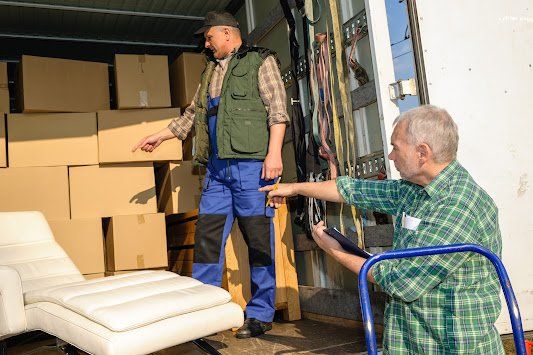Dos and Don'ts of Involving Employees in Your Business Move

Do you need to move your growing business to a new location? For owners and managers who have worked hard over the years, this step is an exciting one. But the amount and types of employee involvement in the actual move will either help or hinder its success. What parts of the move should employees be involved in? And what should they not do during this time? Here are five dos and don'ts.
Do Have Employees Help Plan
One of the best places to get employees involved in the planning process. Employees are highly impacted by the move and should feel they have a say in how it's handled. Most businesses form a moving committee, which should have members from all levels of employees and many departments. In addition, seek out employee input on things like furnishings and design, equipment purchases, and timelines.
Don't Make Employees Move Their Stuff
Whatever tasks your employees take on generally should not include physically hauling most of their stuff. Moving is a dangerous activity and should be left to the pros. Allowing employees to transport items opens up your business to financial risk for injury and damage. Using a professional mover puts that liability onto their shoulders.
A few exceptions to this rule should be made. Sensitive company materials or trade secrets might be handled best by staff. Employees who are in the middle of a project on moving day may need to transport that project on their own. And anxious employees may feel more at ease if they manage much of their own workspace on their own terms. Exceptions are okay, but keep them to a minimum for everyone's safety.
Do Have Employees Organize
This is a great time to encourage everyone to engage in some organizing and purging. The company is probably installing new amenities, equipment, and furnishings in the new location so many of the old items can likely be removed — along with things that just aren't needed anymore and clutter that has built up.
For the most part, outside individuals — even others within the company — aren't the right persons to do this work. Every employee knows what they need to work effectively and what tools they prefer. They each have their own style of work and logical systems. So let employees lead the way when it comes to this part of preparation.
Don't Make Employees Find the Time
Your employees are already very busy people. But a boss who expects staff to find the time in their existing schedules to do extra work like sorting and purging things, packing and unpacking, transporting boxes, and making many trips between locations is setting them up for failure. Pushing employees' workloads too far is not only damaging to their wellbeing but will hurt your company.
Management should avoid overloading anyone by shifting or reducing projects and creating timelines to allow more time for everything. Many employers allow overtime during a move or even hire temporary workers to help with mundane tasks.
Do Move When People Are Gone
The best time to do the physical move is when employees are not around. Why? Fewer people will get in the way or micromanage how the work is done. It also reduces the chances of accidents or damage happening to your assets or individuals involved. And it will provide the least distraction and interruption of business operations. So choose a weekend, use evenings, or send everyone home for a day.
Where to Start
Want more ideas on how to integrate employee needs with the needs of your commercial move? Start by meeting with an experienced commercial moving company in your area.
Jacksonville area employers can call on the expertise of Helping Hands Movers Inc. We will work with you to create the right timeline, avoid interrupting business operations, and help employees have a stress-free move. Call today to make an appointment.














